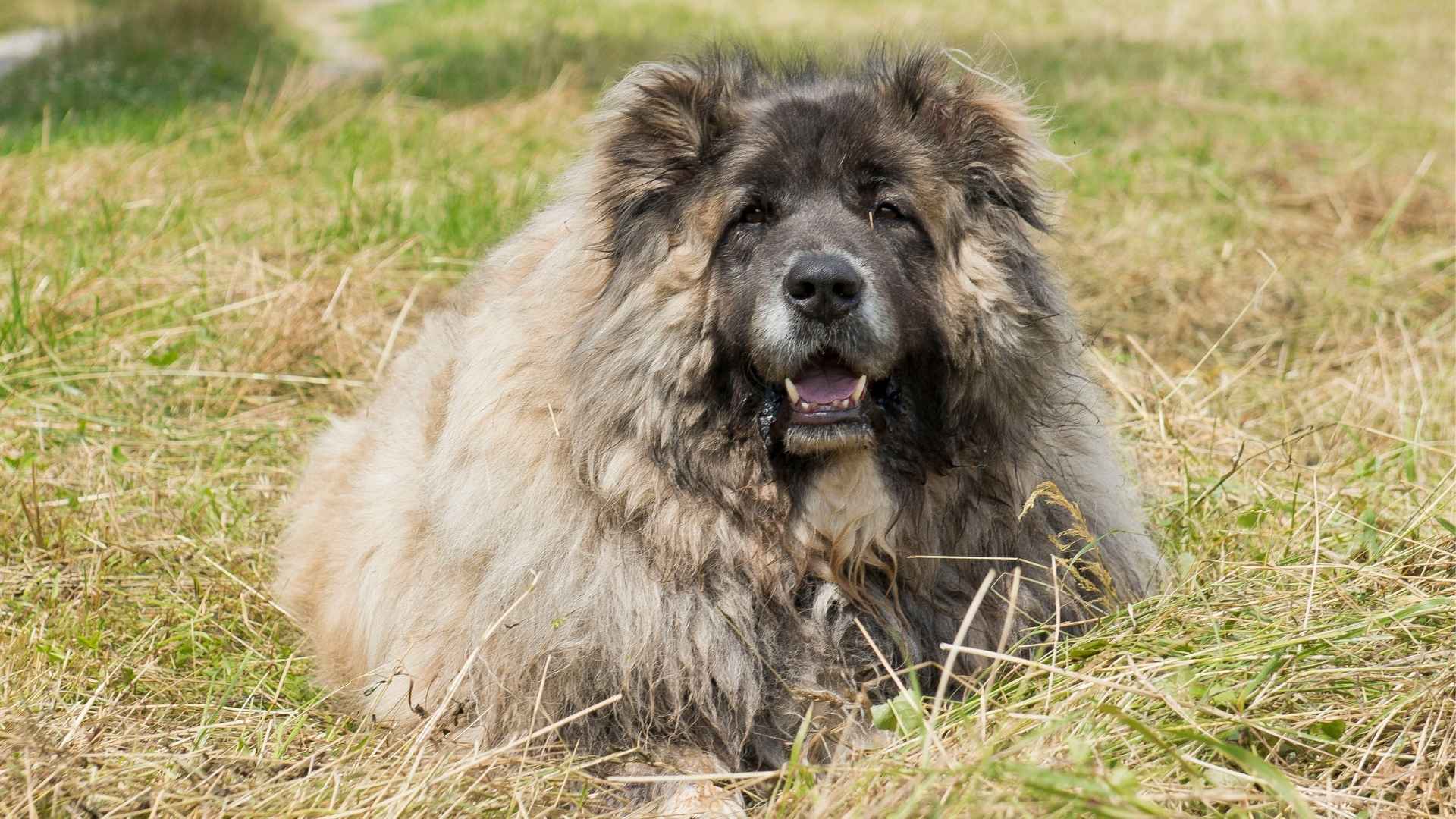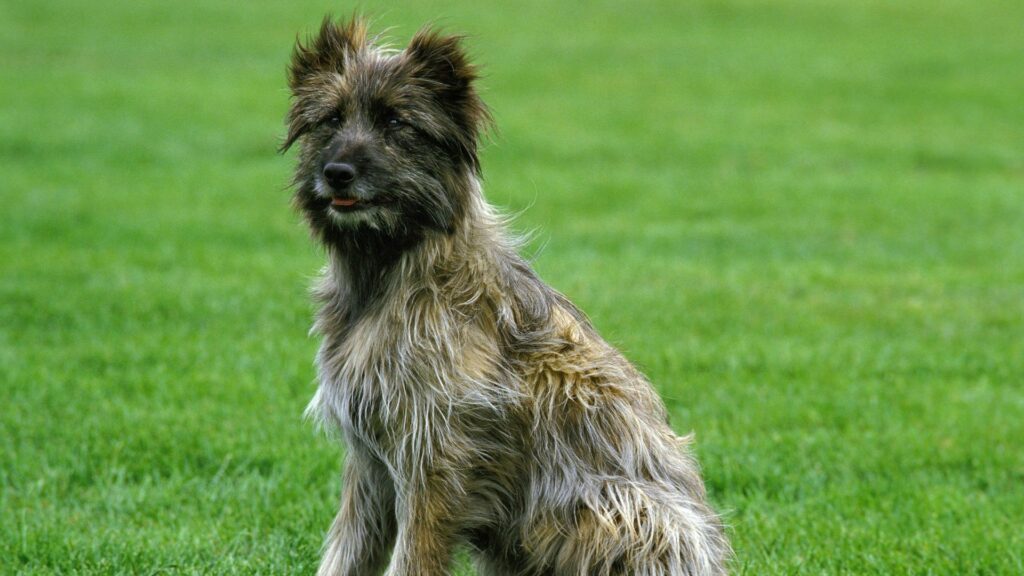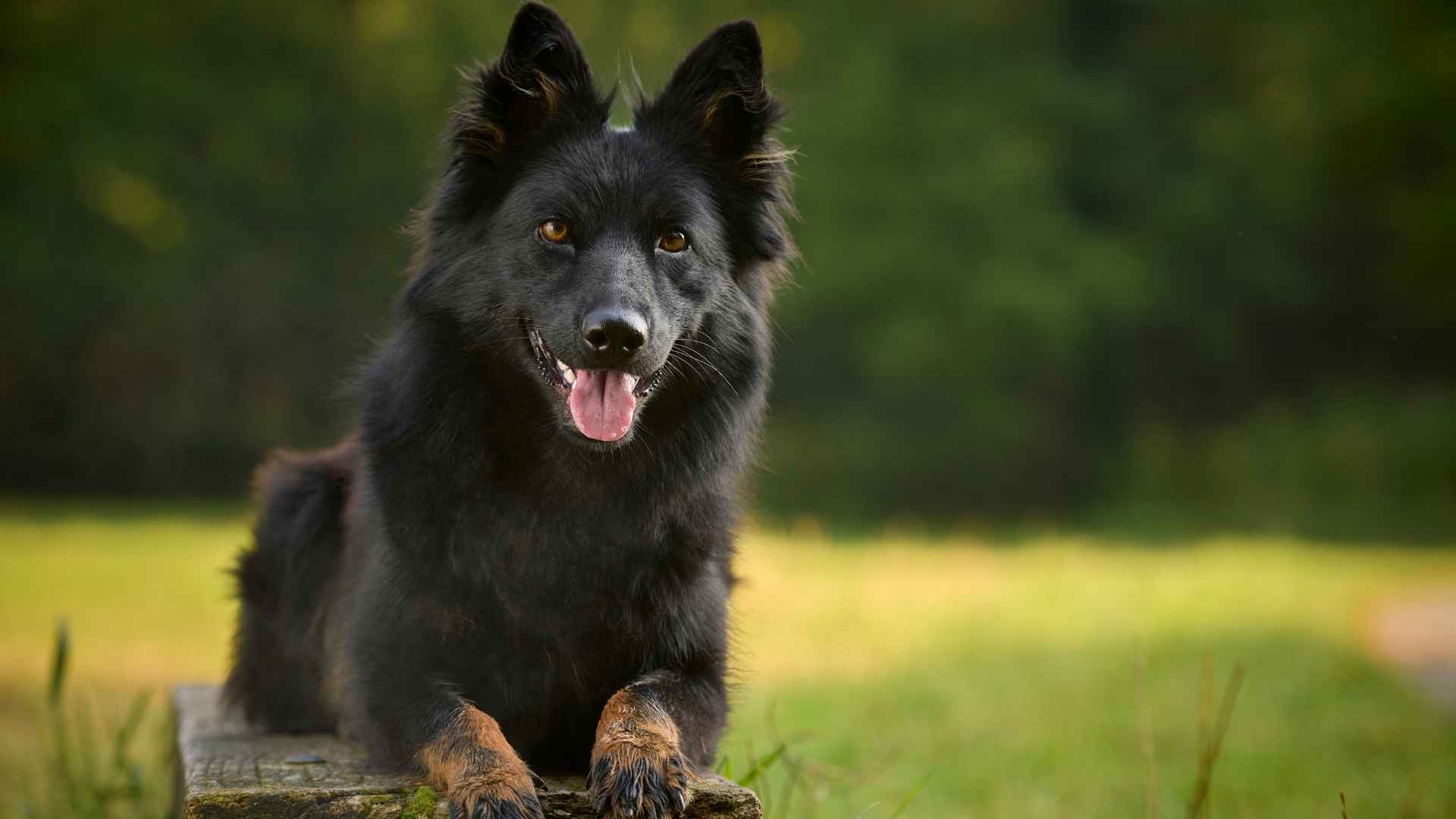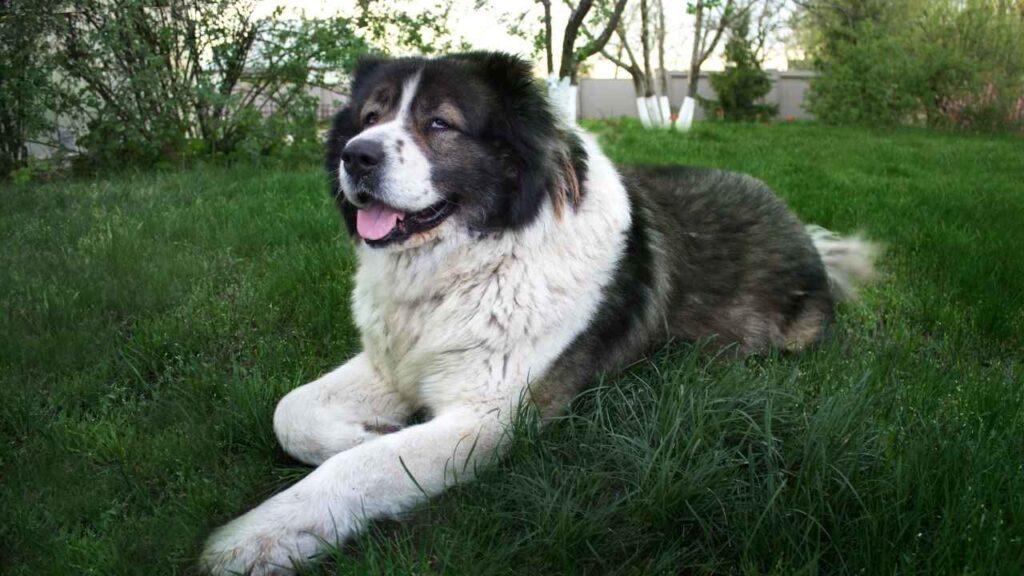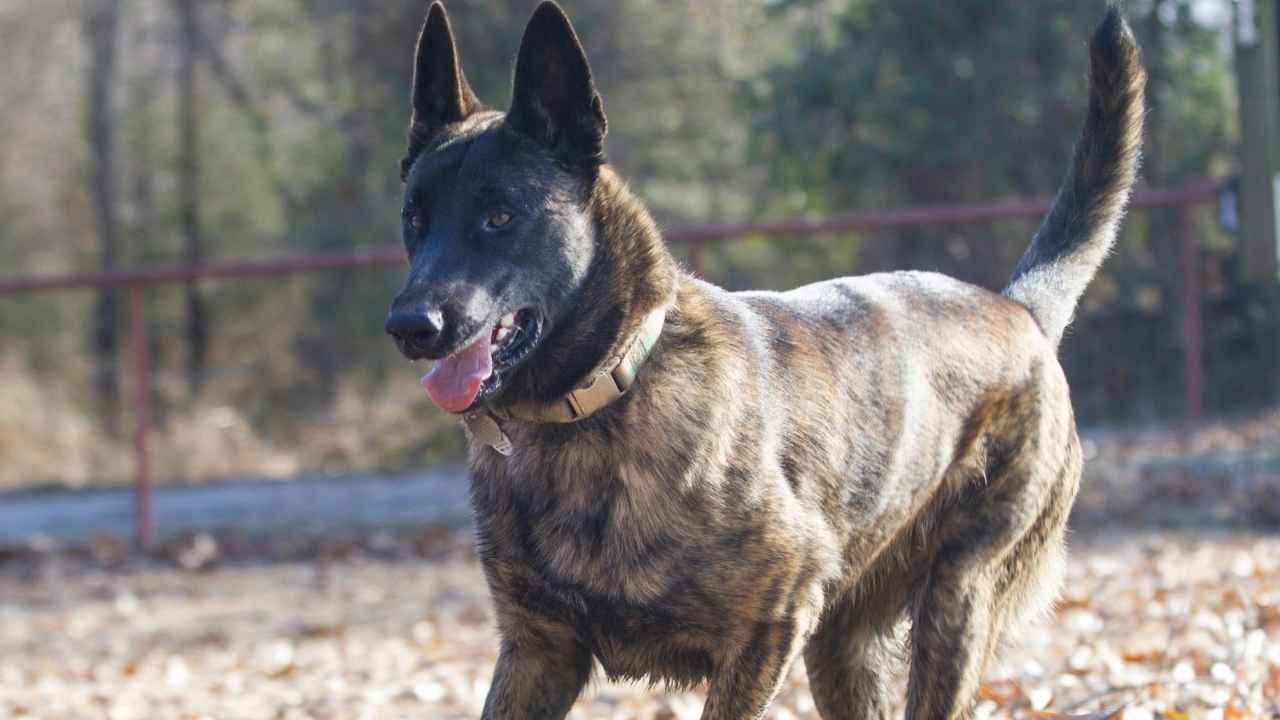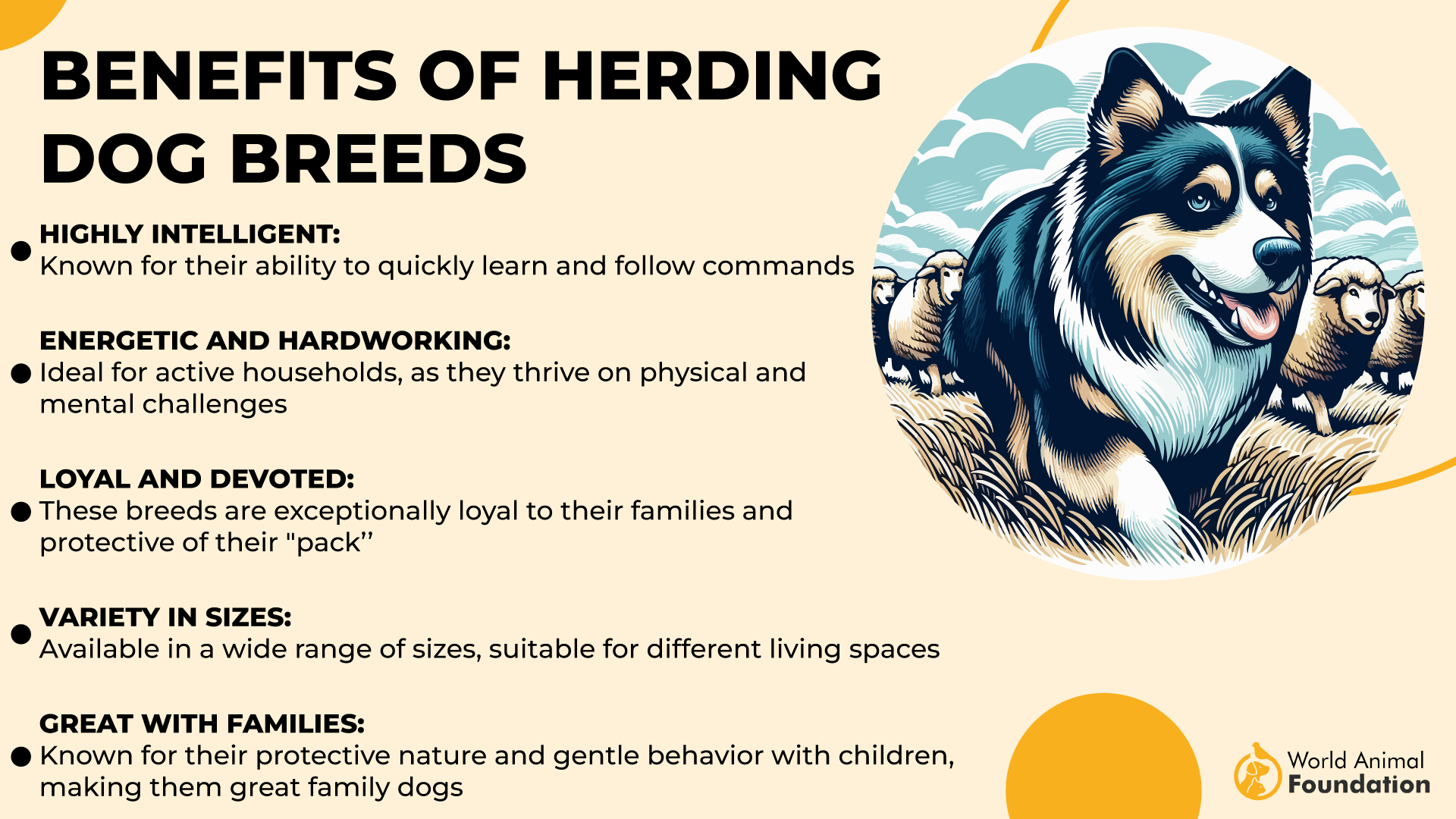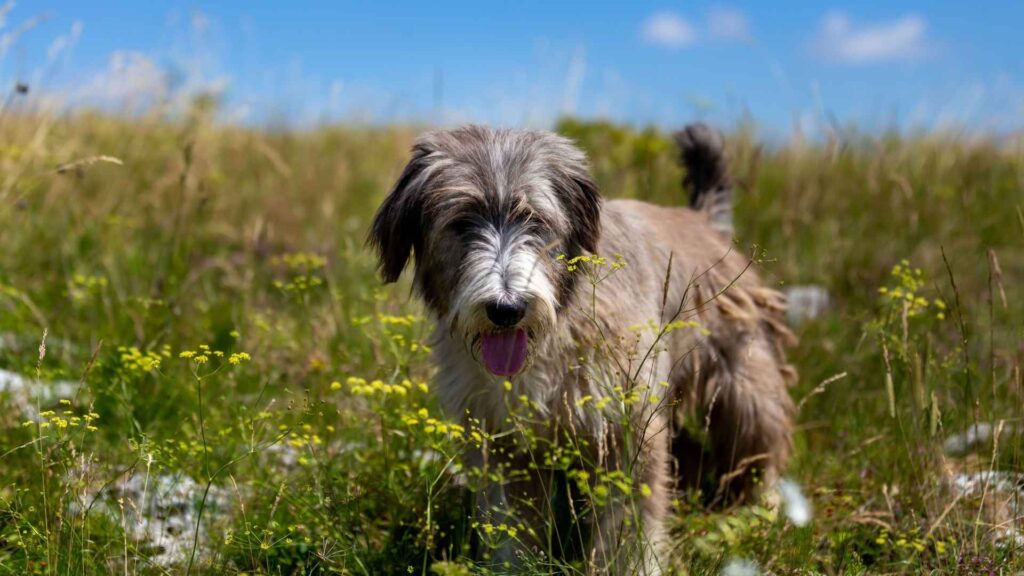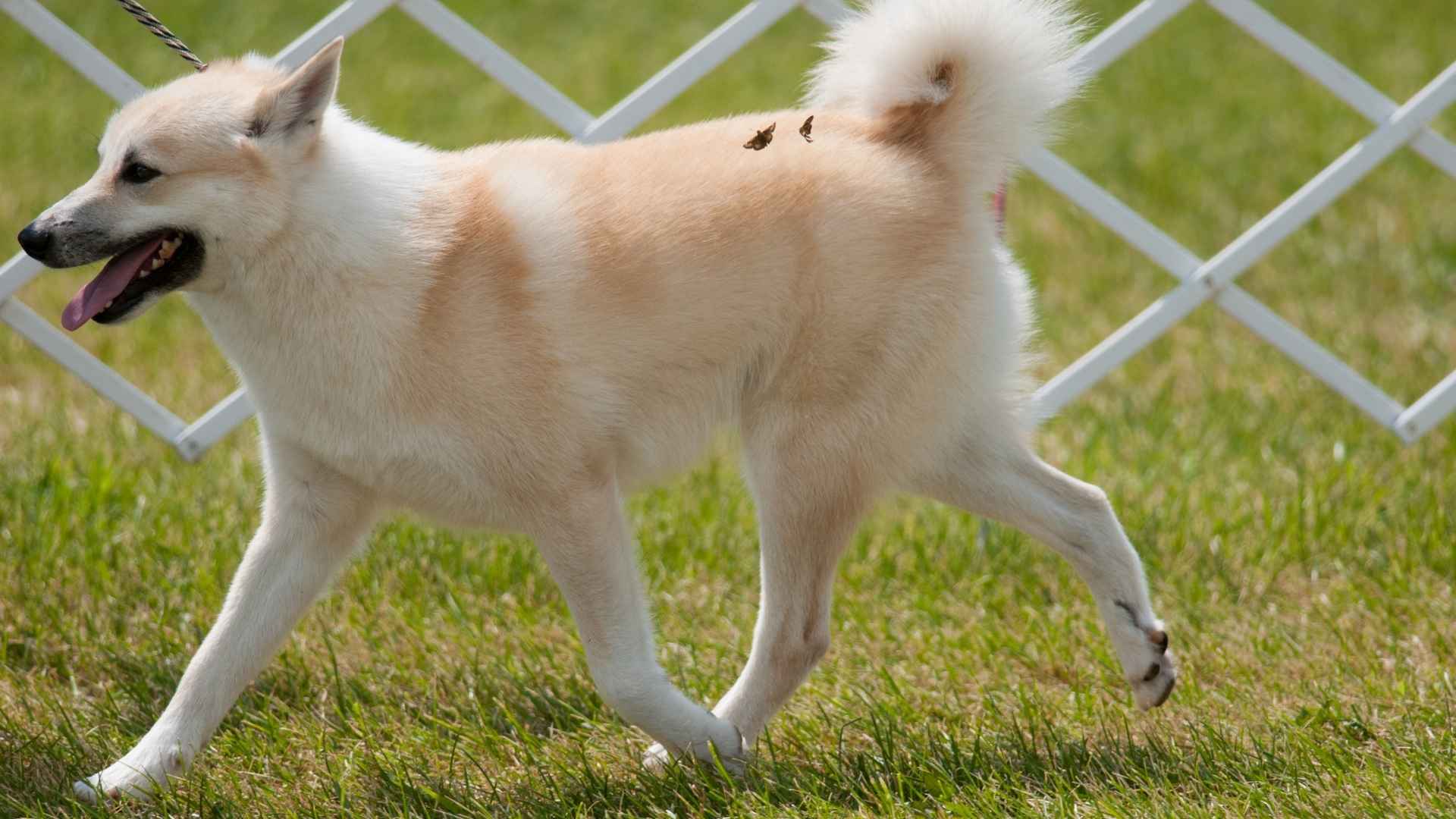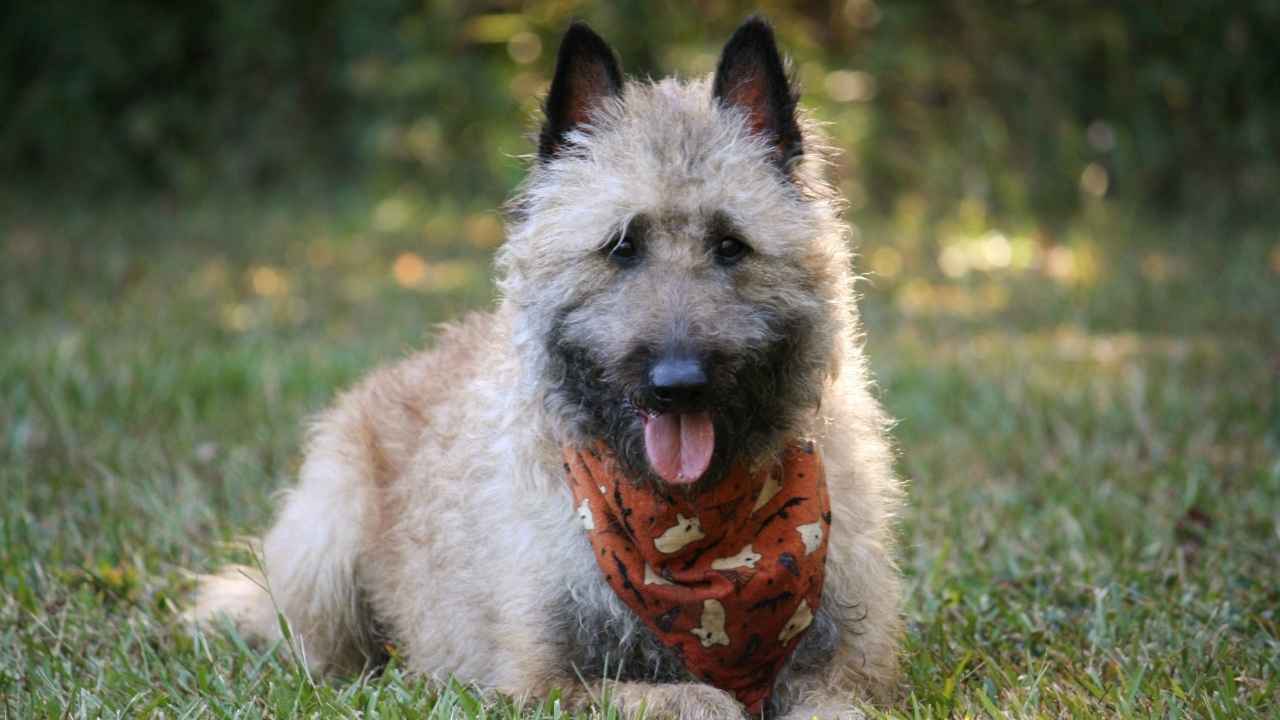Throughout history, shepherd dogs have been indispensable companions, revered for their intelligence, agility, and instinctive herding capabilities. Among these loyal protectors, certain breeds stand out for their rarity, embodying unique traits and centuries-old legacies. “7 Rarest Shepherd Dog Breeds” delves into the fascinating stories of these uncommon canines, each with distinct characteristics and origins. From the remote highlands of faraway lands to the secluded valleys of ancient cultures, these breeds represent both a cultural heritage and a testament to the enduring bond between humans and their faithful four-legged guardians. Discover the mystique and allure surrounding these extraordinary shepherds.
When you think of shepherd dogs, the German Shepherd Dog likely comes to mind, with its iconic red sable or solid black coat. But what about their rarer cousins?
These extraordinary breeds, often overlooked, boast fascinating histories and traits that set them apart from popular dog breeds. Hailing from places like Germany, Romania, and Norway, they’ve been herding, hunting, and guarding for centuries.
Each rare shepherd dog has its quirks—some have recessive genes creating striking liver or black masks, while others possess a nose for the smell that rivals any pups. Whether you’re exploring breeds for their working prowess, and agility, or to add a unique family pet, these dogs offer endless charm.
You’ll want to spend time learning about their high prey drive, surprising temperament, and why many aren’t yet registered globally. Let’s watch as these rare shepherd breeds step into the spotlight!
Rarest Shepherd Dog Breeds
1. Pyrenean Shepherd
The Pyrenean Shepherd is a dazzling marvel among the rarest shepherd dog breeds. Hailing from the misty peaks of the Pyrenees mountains in France, these pint-sized herding wizards have been the unsung heroes of pastoral life for centuries. Revered for their boundless energy and intelligence, this dog breed is a bundle of zeal wrapped in a wiry or smooth double coat.
Weighing between 15-30 pounds and standing about 15-21 inches tall, they might not look imposing, but their stamina is unparalleled. Their expressive faces, often adorned with a jaunty black mask, betray their playful yet strong-willed temperament.
Rare colors like blue and silver, coupled with their dynamic agility, make them stand out. Despite their charm, their rarity stems from a limited gene pool and fewer breeders claims The Kennel Club. Yet, their loyal and affectionate nature ensures they make great pets for active families exploring the world of shepherd dogs.
|
Coat Style |
Smooth-faced or rough-faced |
|
Coat Colors |
Fawn, grey, brindle, black |
|
Life Span |
15-17 years |
2. Bohemian Shepherd
The Bohemian Shepherd is a creature straight out of legend. With roots tracing back to the 14th century, this breed was a companion of knights and guardians of castles in the Czech Republic. Today, they remain one of the most loyal dogs, exuding an aura of nobility and mystery.
Boasting a lush, long coat in black and tan, they are medium-sized, typically weighing 35-55 pounds and standing 18-22 inches tall. Their keen intelligence and gentle temperament make them ideal for dog sports and as loyal family pets. They are known to excel in agility training and guarding animals like sheep and even cats and rabbits.
Despite their rich history and many talents, they remain rare, partly because they are not yet recognized by the American Kennel Club (AKC). Still, their protective instincts and ability to herd make them a true treasure among shepherd dog breeds.
|
Coat Style |
Long coat |
|
Coat Colors |
Black and tan |
|
Life Span |
12-15 years |
3. Caucasian Shepherd Dog
Prepare to be awestruck by the sheer power of the Caucasian Shepherd Dog. Originating from the rugged Caucasus Mountains, this breed has been a fierce protector of livestock for over 2,000 years. Known as the “Russian Bear Dog,” their enormous size and imposing presence are enough to make intruders think twice.
Standing 25-30 inches tall and weighing 100-200 pounds, these strong-willed giants are the epitome of guardian dogs says PetMD. Their thick double coat, often in grey, tan, or fawn, shields them from harsh climates. Beneath their intimidating appearance lies a gentle, protective heart, making them surprisingly good with children and loyal to their owners.
Their rarity in America and limited breeders worldwide contribute to their allure. These highly intelligent and protective dogs require experienced owners and thrive in homes that can meet their high-energy, year-round needs for mental and physical stimulation.
|
Coat Style |
Double coat |
|
Coat Colors |
Grey, fawn, tan, brindle |
|
Life Span |
10-12 years |
4. Dutch Shepherd
The Dutch Shepherd is a marvel of versatility and intelligence, often hailed as one of the most adaptable herding dogs in the world according to UKC. Originating in the Netherlands, this shepherd dog was initially bred to herd sheep and guard livestock, but its high energy and keen intelligence make it a favorite for modern dog sports and police work.
Standing at 21-24 inches tall and weighing 50-70 pounds, their athletic build is complemented by a short coat, long coat, or rough coat, often adorned in brindle patterns with colors ranging from gold to silver. They are highly intelligent, and strong-willed, and excel in agility and obedience training.
Despite their exceptional qualities, Dutch Shepherds are among the unique shepherd dog breeds due to breeding limitations and high demand for their working abilities. Their loyalty, striking appearance, and unique coat patterns make them prized companions for active owners and families alike.
|
Coat Style |
Short, long, or rough coat |
|
Coat Colors |
Brindle (gold, silver) |
|
Life Span |
11-14 years |
5. Romanian Mioritic Shepherd Dog
The Romanian Mioritic Shepherd Dog is a gentle giant steeped in tradition and history. Originating in the Carpathian Mountains of Romania, this breed was a loyal herding dog and fierce protector of sheep against wolves and bears. Known for their calm demeanor and protective instincts, they are adored for their devotion to families.
Weighing 110-130 pounds and standing 25-31 inches tall, these imposing dogs are covered in a dense, long coat that comes in shades of white, cream, or grey. Their double coat not only adds to their beauty but also protects them from harsh weather.
Rarely found outside their native country, their rarity stems from limited breeding programs. Despite this, they are cherished by those who value their intelligent, loyal nature and their ability to adapt to a variety of environments, making them an extraordinary addition to the world of shepherd dog breeds.
|
Coat Style |
Long coat |
|
Coat Colors |
White, cream, grey |
|
Life Span |
12-14 years |
6. Norwegian Buhund
The Norwegian Buhund, a spirited descendant of Viking dogs, is a smaller yet no less impressive addition to unique shepherd dog breeds. Renowned for their cheerful demeanor and high energy, these dogs are an ideal choice for active families who prefer intelligent, versatile companions.
Standing 16-18 inches tall and weighing 26-40 pounds as per VCA, the Buhund has a compact build and a short double coat that comes in many colors, including fawn, black, and cream. Their erect ears and curled tails give them an alert, fox-like appearance. They are strong-willed, making training a necessity, but their intelligence ensures quick learning.
The Norwegian Buhund remains rare, partially because of its niche appeal outside Scandinavia. These highly intelligent and gentle dogs make great pets and excel in activities like agility and obedience. Their playful temperament ensures they charm everyone they meet.
|
Coat Style |
Short double coat |
|
Coat Colors |
Fawn, black, cream |
|
Life Span |
12-15 years |
7. Belgian Laekenois
The Belgian Laekenois is a hidden gem among shepherd dogs, often overshadowed by its more famous Belgian counterparts like the Malinois and Tervuren. This rustic and rare breed was historically employed to guard sheep and linen drying in the sun, earning its reputation as a loyal, hardworking dog.
Weighing 55-65 pounds and standing 22-26 inches tall, the Laekenois is easily recognized by its distinctive rough, wiry coat, which comes in colors like fawn, red, or grey with a black mask. These shepherds are strong-willed and require an experienced owner who can channel their energy into training or dog sports.
Despite being one of the rare shepherd dog breeds, their protective and loyal temperament makes them exceptional guard dogs and family companions. Recognized by the American Kennel Club (AKC) in 2020, the Laekenois continues to gain popularity among those seeking a unique, intelligent pet.
|
Coat Style |
Rough, wiry coat |
|
Coat Colors |
Fawn, red, grey with black mask |
|
Life Span |
10-12 years |
Conclusion
Rare shepherd dog breeds are a treasure trove of history, loyalty, and unique charm. From their diverse coats and textures of hair to their unmatched work ethic, these dogs are a testament to centuries of companionship with humans. Whether herding sheep, guarding livestock, or simply being loyal family pets, their value extends beyond their rarity.
Owning one of these breeds is more than just having a dog—it’s like having two dogs in one: a hardworking protector and an affectionate companion. Puppies from these breeds are especially adorable, often surprising owners with their intelligence and boundless energy.
If you’re considering adding one to your family, make sure to consult a vet for proper care tips and preparation. A quick picture of your furry friend will show why they’re so loved. These rare breeds may be hard to find, but they offer a lifetime of joy and partnership with humans!
The 7 rarest shepherd dog breeds, each with its unique characteristics and history, highlight the diverse tapestry of shepherding heritage across the world. From the rugged Caucasian Shepherd to the agile Mioritic Shepherd, these breeds not only possess specialized skills for herding and guarding but also embody cultural significance within their regions. Their rarity often results from specific environmental needs or changing demands in agricultural practices. Preserving these breeds ensures the continuation of valuable genetic diversity and cultural legacy, emphasizing the importance of dedicated breeding programs and awareness to maintain their existence for future generations.

